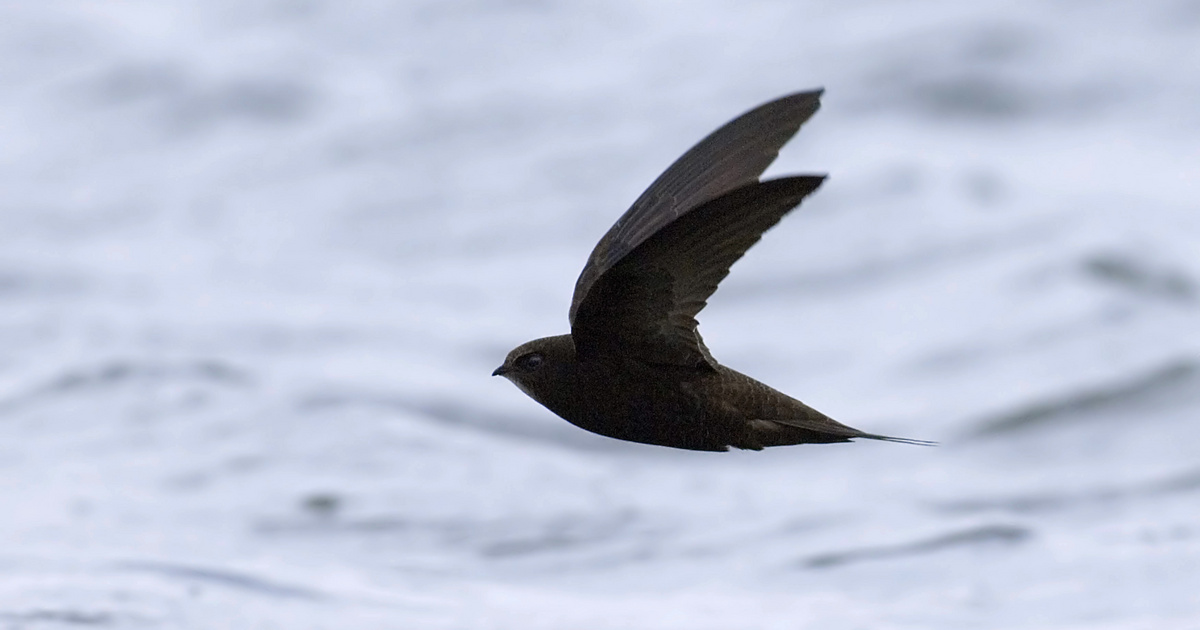Honestly, how many hours into the flight do you start feeling uncomfortably tense in your seat? Four five? Maybe even the distance between Budapest and London of just under three hours equates to a little torture? If you feel this way, you almost certainly were not a sickle swallow in your previous life. because These birds have amazing abilities and live amazing lifestyles – one that we humans still cannot fully understand.
In addition, there are many curious things about swallows – the bird called Apus apus in Latin, for example, belongs to the order of swallows (Apodiformes) and the family Apodidae, but it is in no way related to true swallows, which include, for example, birds Barn Swallow. Its scientific name – Apus – means legless, which refers to its small, underdeveloped legs. However, he can barely walk with them – given his lifestyle, he doesn't really need them;
Sickle swallows often spend up to ten months in the air – without touching the ground.
It is true that these birds, native to Europe and Asia, spend a large part of the year in flight. Barn swallows can be found over almost the entire area of our continent during the warmer seasons – they migrate to the central and southern parts of Africa in winter – and although their population density is lower in the Carpathian Basin than in the surrounding countries, they can be found in good numbers here as well.
But how do they live like this?
Although it may seem unbelievable, barn swallows eat, drink and sleep in the air, and only come down to the ground to mate and nest. When a research team fitted six swallows with tracking devices in 2011 to see how far they had traveled, they were shocked to see that they had not touched the ground during their thousands of kilometres' journey. but this is not all:
No swallows observed have landed at all in 200 days. In addition, winter squares can remain in the air longer, up to 10 months.
They can do this because their primary food source consists of insects that they catch in the air. They do not even need to consume surface water, but obtain water by extracting water vapor in the air. As mentioned previously, swallows come down to the ground almost exclusively during the mating season, in which case they are only active in the nest and care for the offspring for an average of two months.
In all, they spend the bulk of their life of about twenty years in the air – during this time they fly away so that they can make the 384,000 km round trip to the Moon seven times.
What no one understands
But there is one thing that no one understands, which is how they sleep; This has not yet been investigated.
Sickle swallows have evolved into very efficient flyers. Thanks to their streamlined body shape, body weight of barely forty grams and long, narrow wings, they can stay in the air with a relatively low energy investment, but they also need to sleep. However, we don't know yet how they do it, we only have guesses
Professor Anders Hedenström explained nature Scientific journal.
For example, we already know that in the evening hours they rise to a height of about two to three kilometers, so that they can sleep while gliding during the night, but this has not yet been proven.
he added. In addition to the sickle swallows, the wandering albatross and the frigate bird also have amazing flying abilities, for example, and one of the latter has already been observed to fly 54,000 kilometers without a break. For comparison, the Earth's equator is about 40,075 kilometers long.

Once again, 150 new and exciting topics with amazing answers













































